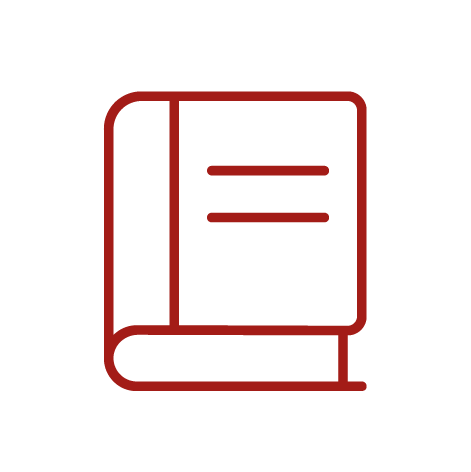Details
Publishers
[Probably London, ca. 1829].
Keyword
Autographs: History
Description
4to. ½ p. An anonymous note in support of a proposal by Charles Vignoles to take over from Marc Isambard Brunel as Chief Engineer for the Thames Tunnel Company. The piece offers a tantalising insight into the in-house politicking that followed the decision to halt operations on the Tunnel after flooding in August 1828. The eight-line note consists principally of dry and somewhat ironic criticism of Brunel, his work and nationality, before a short commendation of Vignoles: "Mr. Brunel is the Engineer who has attempted he Thames Tunnel, and failed in the execution, and for this he has been appointed a Chevalier of the Legion of Honour in France. He is a Frenchman, and, by the explanation of his plans, he convinced the Royal Academy of Science that the thing might have succeeded. My friend Charles Vignoles is confident that he can complete the tunnel at less expence [!] and in a better manner". - The Thames Tunnel is recognised as having been the first successful passage under a navigable riverbed. The project, completed under Marc Brunel and his son Isambard Kingdom Brunel in 1843, served as the debut for a series of engineering innovations, including Brunel's patented tunnelling shield. Despite its revolutionary methods and significance for various fields, construction of the tunnel was subject to numerous delays and challenges: poor working conditions, gas leaks and flooding meant that work was brought to a halt after six men died on 12th January 1828. Whilst engineers sought to fix the tunnel's physical problems, the board of the Thames Tunnel Company canvassed for solutions to their financial, administrative and perceived managerial issues. In particular, the open animosity between the Company's Chairman, William Smith, and the Brunels led to the Company's directors to call a General Assembly in April 1829 to assess the situation. It was here that Vignoles' proposals for a cheaper, more efficient method to complete the tunnel were considered by an independent arbitrator. Vignoles' idea was, however, not taken up and by December 1834, Marc Brunel had secured financial support from the government's Treasury to supplement that of the original private investors. After nearly a decade of further work, the tunnel opened to the public on 25th March 1843. - The page preserves a fold down the middle presumably for insertion into an envelope (now lost). Edges have minor tears on all sides and one larger tear to the middle, not affecting the text. A second hand adds the numbers 65 and 66 to the top right-hand corner recto and verso.

Find out how to use
Find out how to use

